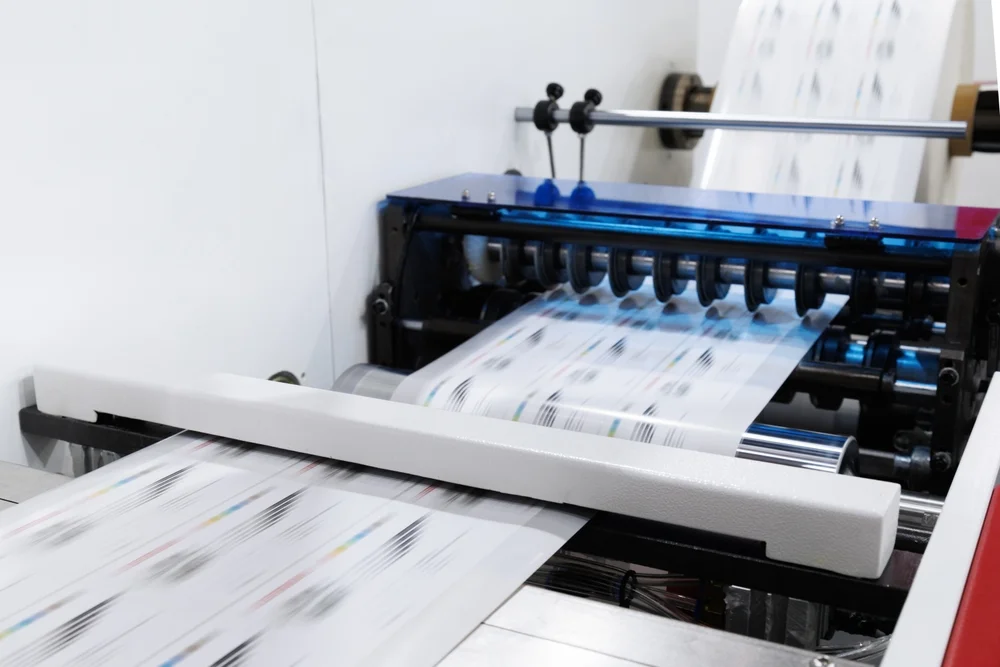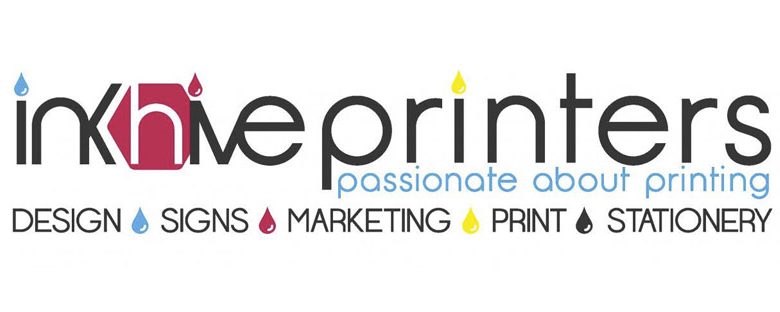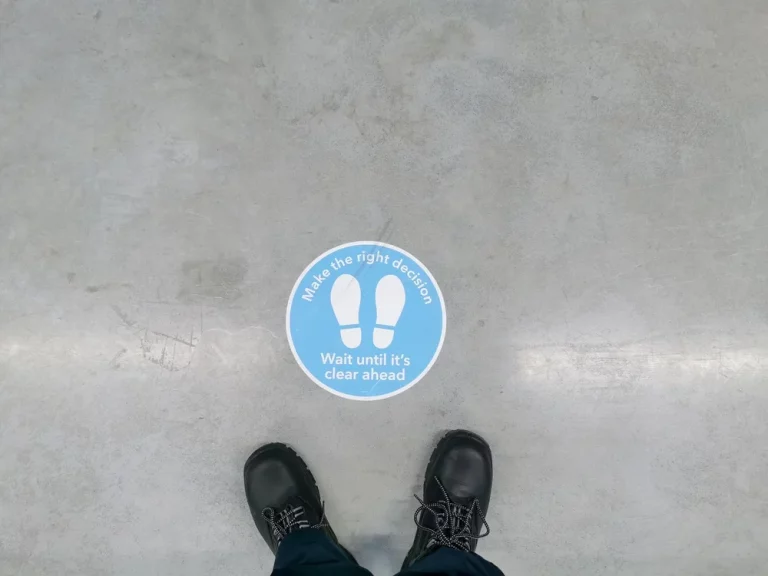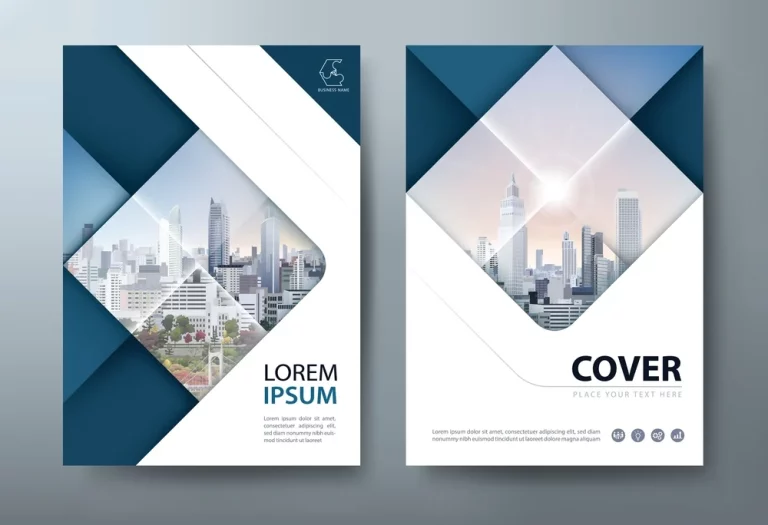The Role of Printed Labels in Brand Packaging

In the world of consumer goods, brand packaging plays a crucial role in catching the eye of potential buyers and differentiating products in a crowded marketplace. Among the various elements that contribute to effective packaging, printed labels stand out as a key component. They serve not only as a means of identification but also as a powerful tool for branding and communication. This comprehensive guide explores the significance of printed labels in brand packaging, offering insights into their functions, benefits, and best practices for creating impactful labels.
What Are Printed Labels?
Printed labels are adhesive stickers or tags that are affixed to products or packaging. They provide essential information and contribute to the overall aesthetics of the product. Key functions of printed labels include:
- Identification: Labels help consumers identify the product and understand its purpose.
- Information: They provide important details such as ingredients, usage instructions, and safety warnings.
- Branding: Labels feature branding elements like logos, colours, and designs that reflect the brand’s identity.
Key Features of Printed Labels:
| Feature | Description |
|---|---|
| Identification | Helps consumers recognise and choose the product. |
| Information | Provides essential details about the product. |
| Branding | Reflects the brand’s identity through design elements. |
For more on the role of packaging in branding, refer to this guide.
Benefits of Printed Labels
Printed labels offer numerous advantages in brand packaging, enhancing both functionality and aesthetics:
1. Enhancing Brand Identity
Printed labels play a critical role in establishing and reinforcing brand identity:
- Consistency: Consistent use of logos, colours, and fonts across labels helps build brand recognition.
- Differentiation: Unique designs and high-quality labels make products stand out on the shelf.
Brand Identity Enhancement:
| Benefit | Description |
|---|---|
| Consistency | Uniform branding helps in building brand recognition. |
| Differentiation | Unique designs make your product stand out from competitors. |
For tips on creating consistent brand identity, see this article.
2. Providing Essential Product Information
Labels are crucial for conveying product information to consumers:
- Ingredients and Materials: Informing consumers about the product’s contents.
- Usage Instructions: Providing clear instructions on how to use the product.
- Legal Information: Including any required legal disclaimers or warnings.
Information Benefits:
| Detail | Description |
|---|---|
| Ingredients | Helps consumers understand what the product contains. |
| Usage Instructions | Guides consumers on how to use the product correctly. |
| Legal Information | Ensures compliance with regulations and standards. |
For more on including legal information, check out this post.
3. Improving Shelf Appeal
Labels contribute significantly to a product’s shelf appeal:
- Visual Appeal: Attractive labels can grab the attention of shoppers.
- Professionalism: High-quality labels convey a sense of professionalism and quality.
Shelf Appeal Factors:
| Factor | Description |
|---|---|
| Visual Appeal | Eye-catching designs attract consumers. |
| Professionalism | High-quality labels enhance perceived product quality. |
For more on improving visual appeal, see this guide.
4. Facilitating Brand Loyalty
Effective labels can contribute to building brand loyalty:
- Memorability: Distinctive and well-designed labels help customers remember your brand.
- Trust: Professional and informative labels build trust with consumers.
Brand Loyalty Factors:
| Factor | Description |
|---|---|
| Memorability | Unique designs help in creating lasting impressions. |
| Trust | Clear, informative labels foster consumer trust. |
For more on building brand loyalty, refer to this article.
Key Considerations for Designing Printed Labels
When designing printed labels, several factors should be considered to ensure they are effective:
1. Material and Durability
The choice of material for labels affects their durability and appearance:
- Paper Labels: Ideal for indoor use; can be printed in various finishes.
- Plastic Labels: More durable and water-resistant; suitable for outdoor use.
- Metallic Labels: Offer a premium look; often used for high-end products.
Material Comparison:
| Material | Advantages |
|---|---|
| Paper | Versatile, cost-effective, and suitable for indoor use. |
| Plastic | Durable, water-resistant, suitable for various conditions. |
| Metallic | Premium appearance, high durability. |
For more on selecting materials, see this guide.
2. Label Size and Shape
The size and shape of the label should complement the packaging:
- Size: Labels should be large enough to contain all necessary information but not so large that they overwhelm the packaging.
- Shape: Choose shapes that align with your brand’s design and fit well on the packaging.
Size and Shape Tips:
| Aspect | Description |
|---|---|
| Size | Ensure the label is appropriately sized for the package. |
| Shape | Choose a shape that enhances the product’s design. |
For design inspiration, check out this article.
3. Colour and Design
The colour scheme and design of labels should align with your brand:
- Brand Colours: Use your brand’s colours to maintain consistency.
- Design Elements: Incorporate logos, patterns, and images that reflect your brand identity.
Colour and Design Tips:
| Element | Description |
|---|---|
| Brand Colours | Use consistent colours to reinforce brand identity. |
| Design Elements | Incorporate logos and images that align with your brand. |
For more on colour and design, see this guide.
4. Legal and Compliance Requirements
Ensure your labels meet all legal and compliance requirements:
- Regulations: Check for any specific regulations related to labelling in your industry.
- Accurate Information: Ensure all information on the label is accurate and up-to-date.
Compliance Checklist:
| Requirement | Details |
|---|---|
| Regulations | Follow industry-specific labelling regulations. |
| Accurate Information | Ensure all details are correct and current. |
For compliance tips, refer to this article.
The Impact of High-Quality Labels on Brand Perception
High-quality labels can significantly impact how your brand is perceived:
- Professional Image: Well-made labels contribute to a professional image.
- Perceived Value: High-quality labels can enhance the perceived value of the product.
Impact Factors:
| Factor | Description |
|---|---|
| Professional Image | Contributes to a polished and trustworthy brand image. |
| Perceived Value | Enhances the product’s perceived quality and value. |
For more on improving brand perception, check out this guide.
Best Practices for Ordering Printed Labels
When ordering printed labels, follow these best practices to ensure you receive high-quality results:
1. Choose a Reputable Printer
Select a printer with a proven track record for producing high-quality labels:
- Experience: Look for a printer with experience in producing labels for your industry.
- Quality Control: Ensure the printer has robust quality control processes.
Printer Selection Tips:
| Criteria | Details |
|---|---|
| Experience | Choose a printer experienced in your industry. |
| Quality Control | Ensure they have strict quality assurance measures. |
For a reliable printing partner, contact Inkhive Printers. We offer high-quality printed labels tailored to your branding needs.
Learn more about our services at Inkhive Printers.
- Provide Clear Artwork
Ensure that the artwork you provide is clear and high-resolution:
- Resolution: Use high-resolution images to avoid pixelation.
- Format: Provide artwork in the format preferred by the printer.
Artwork Preparation Tips:
| Aspect | Details |
|---|---|
| Resolution | Use high-resolution images to ensure print clarity. |
| Format | Follow the printer’s format requirements for best results. |
For tips on preparing artwork, see this guide.
3. Review Proofs Carefully
Always review proofs provided by the printer before finalising the order:
- Proof Reading: Check for any errors or discrepancies in the design.
- Approval: Ensure that the proof matches your expectations.
Proof Review Checklist:
| Step | Details |
|---|---|
| Proof Reading | Verify all details and text for accuracy. |
| Approval | Confirm that the proof aligns with your design. |
For more on reviewing proofs, refer to this post.
Conclusion
Printed labels are a vital component of brand packaging, offering numerous benefits from enhancing brand identity to providing essential product information. By focusing on high-quality materials, effective design, and compliance with regulations, businesses can create impactful labels that not only attract customers but also reinforce their brand’s message.
For expert assistance with printed labels and other packaging needs, contact Inkhive Printers. We are committed to delivering high-quality, custom solutions that meet your branding and packaging requirements.
Explore our services and start your label project today by visiting Inkhive Printers.





